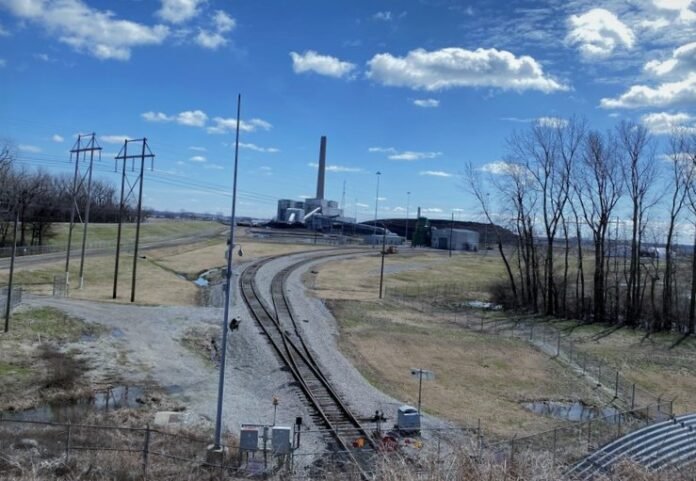Bewildering Loopholes and Impulsive Pollution: The Clean Air Regulation Conundrum
A Troubling Revelation: Hatfield’s Ferry Power Station
In the swirling mists of 2013, Pennsylvania witnessed the closure of Hatfield’s Ferry Power Station. Alas, the end of its operations did not herald the cessation of pollution. Thanks to a mind-bending loophole in the U.S. Clean Air Act, this defunct power plant reveled in emissions allowances for five years post-closure, trading them with other facilities to keep the pollution party going.
A Credit Windfall and the Pollution Dance
The provision birthed a perplexing credit bonanza, permitting the closed plant to sell their allowances, as they were no longer producing smog. A Reuters investigation into federal data unmasked a tangled web of transactions. Hatfield’s Ferry owner, FirstEnergy Corp (NYSE:FE), sold or transferred most of the credits after shutting down the plant. One such instance saw credits worth a staggering $1.2 million aiding Missouri’s New Madrid Power Plant in 2021, despite it being the nation’s top NOx producer.
A Trail of Emission Allowance Abuse
The investigation shed light on numerous instances over the past five years where coal plants have used credits from closed facilities to navigate pollution regulations. The EPA’s efforts to reduce the number of years a retired facility can collect emissions allowances from five to two has been eclipsed by the oversupply of credits, impacting the NOx-credit market.
Collateral Damage: Health and Regulations
The controversial retired-plant credits encourage owners to close inefficient facilities, according to the EPA. However, trading these allowances enables active plants to ramp up NOx emissions, jeopardizing public health in nearby and downwind communities. The battle against coal pollution curbs rages on, with some Republican-controlled states pushing back vehemently.
A Glimmer of Hope: The Good Neighbor Rule
In response to these regulatory loopholes, the EPA has introduced an update to cross-state emissions regulations known as the Good Neighbor rule. This regulation caps the annual percentage of allowances that can be banked for future use in each state at 21%. The future of the pollution-credit glut remains uncertain, but it’s clear that changes are necessary to protect public health and the environment.











